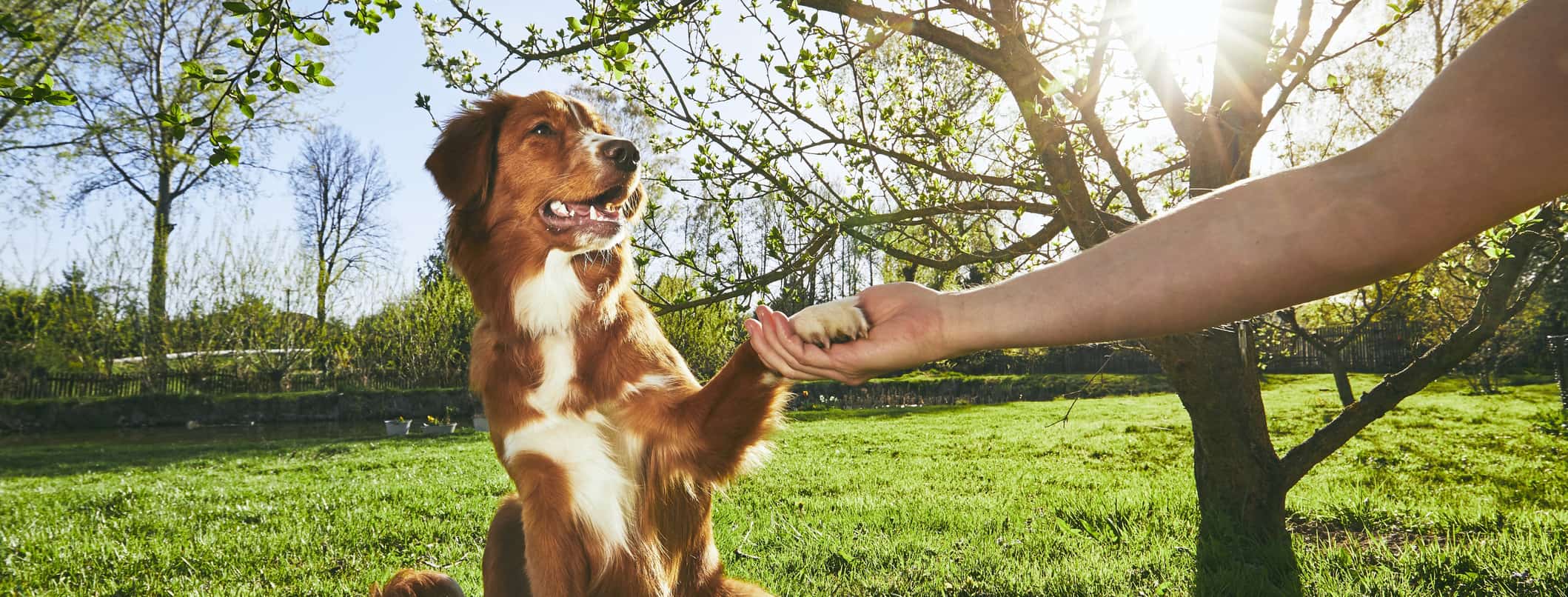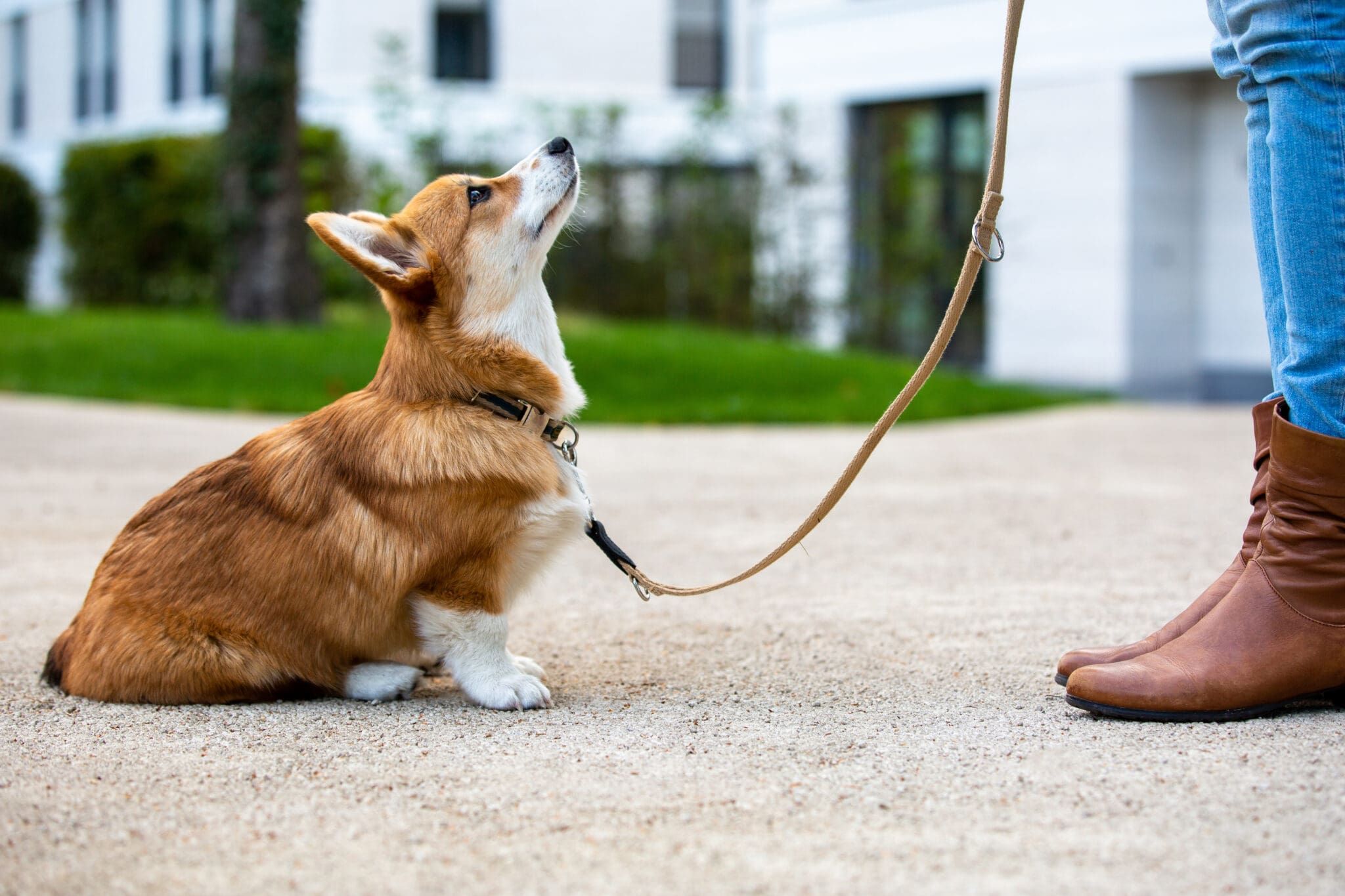Dog Training Techniques to Help Manage Aggressive Behavior in Dogs
Dog Training Techniques to Help Manage Aggressive Behavior in Dogs
Blog Article
Transform Your Pet's Behavior With Proven Training Methods
Changing your pet's habits requires a nuanced understanding of their individual qualities and demands, in addition to the application of proven training approaches. By employing favorable reinforcement and recognizing vital cues in their body movement, you can properly deal with usual behavior concerns such as excessive barking or jumping. Uniformity in your training technique not only improves obedience but likewise fosters a much deeper bond of count on and regard in between you and your pet. Nevertheless, the path to successful improvement might present unanticipated challenges that warrant additional expedition.
Understanding Pet Behavior
Recognizing dog habits is crucial for reliable training and communication between humans and their canine buddies. Pet dogs, as social animals, show a range of habits influenced by genetics, atmosphere, and experiences - Dog training. Acknowledging these behaviors helps owners tailor their training approaches to fulfill the details demands of their pets
Trick elements of pet habits consist of body language, vocalizations, and social communications. A wagging tail commonly suggests exhilaration, while a decreased head may signify submission or fear. Recognizing these signals can aid owners translate their dog's emotion and react properly. Additionally, socializing plays an important duty fit actions; canines that interact favorably with various people and other animals are normally more well-adjusted and adaptable.
In addition, recognizing stress signals-- such as pacing, evasion, or panting behaviors-- can protect against acceleration right into much more serious problems. Proprietors that are in harmony with their dog's actions can create a caring and safe environment, promoting trust fund and enhancing the training procedure. Inevitably, a deep understanding of canine behavior lays the foundation for a harmonious connection and effective training results, guaranteeing both canines and their owners flourish with each other.
Favorable Reinforcement Methods
Positive reinforcement techniques are extensively recognized as one of the most efficient methods for training dogs, fostering a positive discovering setting. This method includes gratifying preferred actions with treats, praise, or play, consequently encouraging the pet dog to repeat those behaviors. Unlike revengeful techniques, favorable support constructs trust fund and strengthens the bond between the pet and the instructor.
Incentives should be given right away following the preferred habits to aid the canine make the link. Consistency is likewise important; making use of the exact same commands and rewards assists the dog recognize what is expected.
It is necessary to keep in mind that positive reinforcement is not about bribery; rather, it has to do with reinforcing etiquette. Over time, as the dog finds out to associate details actions with positive outcomes, the regularity of incentives can be slowly decreased, transitioning to spoken praise or intermittent incentives. This method not only urges obedience however also advertises a delighted and positive pet dog, making training an extra satisfying experience for both celebrations entailed.
Resolving Common Issues
Dealing with usual problems during pet training is essential for ensuring a harmonious and successful partnership in between the pet and its proprietor. Lots of dog proprietors encounter behavioral challenges, such as excessive barking, jumping, and leash drawing. Comprehending the source of these actions is important for reliable training.
Too much barking may stem from monotony, anxiety, or a lack of socialization. To alleviate this, give sufficient exercise, psychological excitement, and possibilities for social communication with both human beings and various other canines. Leaping can typically suggest excitement or a desire for focus. Training the pet to sit upon greeting can reroute this behavior positively.
Leash drawing is another widespread issue, often resulting from a pet's passion to discover. Making use of correct leash managing methods, integrated with training procedures that urge loose-leash strolling, can considerably enhance this behavior.
On top of that, concerns like resource guarding or separation anxiousness require tailored approaches. Steady desensitization and counter-conditioning can be reliable in dealing with these difficulties. By identifying and proactively handling these typical concerns, canine owners can promote a more satisfying training experience and strengthen the bond with their canine companions.
Uniformity in Training

To achieve consistency, it is crucial that all participants of the household stick to the exact same training methods. Making use of the same spoken signs and hand signals guarantees that the dog obtains uniform messages. In addition, the timing of modifications and benefits ought to be constant; instant support raises the possibility that the pet dog will associate the actions with the end result.
Additionally, developing a routine can further improve uniformity. Normal practice, coupled with organized routines for feeding, walking, and play, aid canines anticipate and recognize their environment, making them much more responsive to training. Inevitably, consistency fosters a complacency and count on, equipping canines for more information properly. By committing to a structured strategy, fitness instructors can promote favorable behavior changes and grow a genteel buddy.
Structure a Strong Bond
Just how can cultivating a solid bond between a canine and its owner boost the training experience? A strong relationship improved depend on and regard acts as the structure for reliable training. When a pet dog really feels safe in its link with its proprietor, it is most likely to show favorable habits and be receptive to learning. This bond urges the dog to involve completely in training sessions, as it checks out the proprietor as a resource of assistance and support.
In addition, a strong bond facilitates better communication. Pet dogs are proficient at reviewing human hints, and a trusting connection enables for more clear signals throughout training. Proprietors that invest time in structure this bond with play, socialization, and favorable reinforcement create an atmosphere where dogs really feel determined and eager to discover.
In addition, a reputable connection can decrease anxiety and behavior problems, as canines are less likely to act out when they feel understood and cared for. Focusing on the growth of a solid bond not just improves the training experience however additionally contributes to a better and much more well-adjusted pet. Ultimately, the trip of training transforms into a collective collaboration, bring about lasting behavior enhancements.
Verdict

Proprietors that are attuned to their pet's actions can produce a safe and caring environment, fostering depend on and boosting the training procedure. Ultimately, a deep understanding of more information canine behavior lays the foundation for a harmonious connection and reliable training end results, ensuring both dogs and their owners grow together.
Addressing usual problems throughout dog training is important click for source for guaranteeing a successful and harmonious relationship between the canine and its proprietor.Consistency is a cornerstone of reliable canine training, as it develops a clear framework for the pet to comprehend actions and assumptions.In final thought, transforming a dog's habits through shown training techniques needs an understanding of canine behavior, the application of favorable support strategies, and a focus on consistency.
Report this page